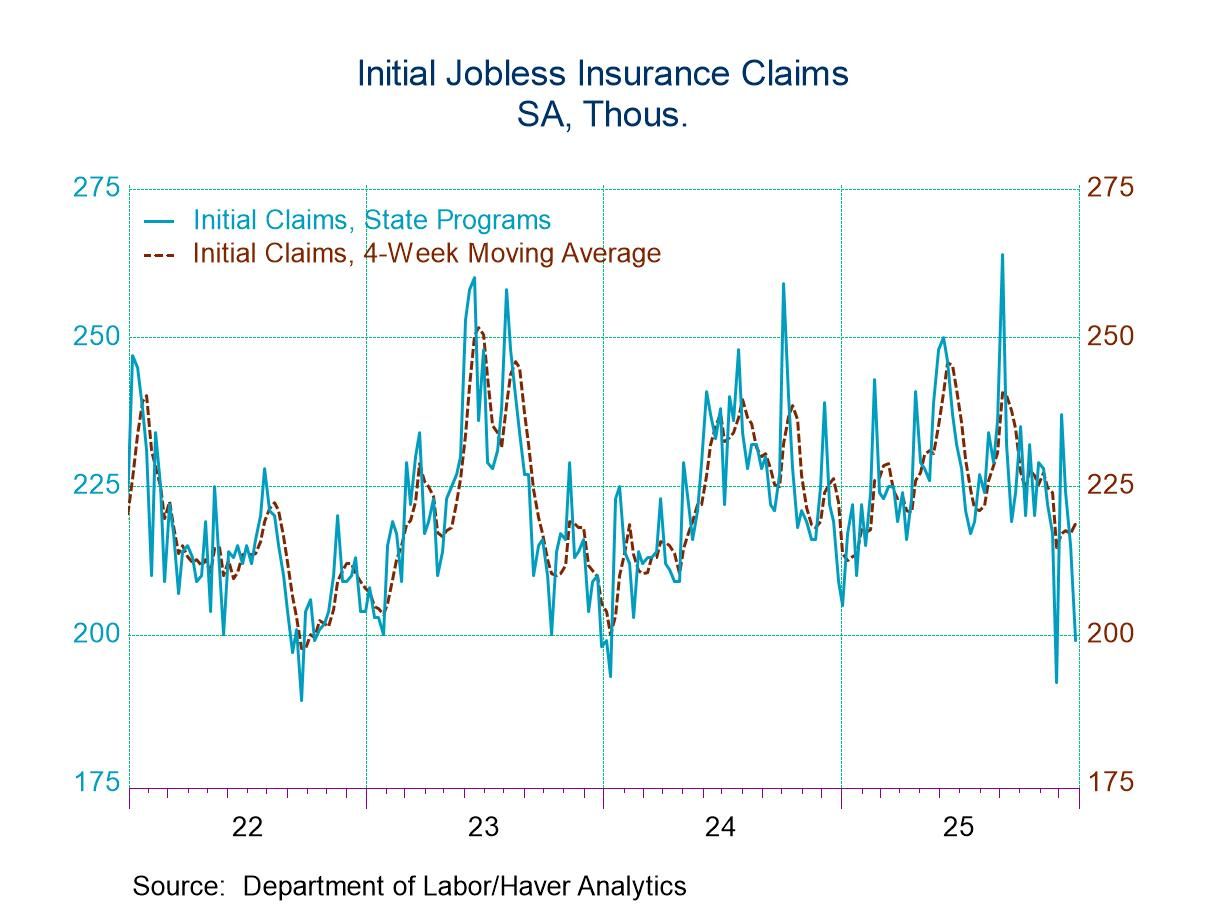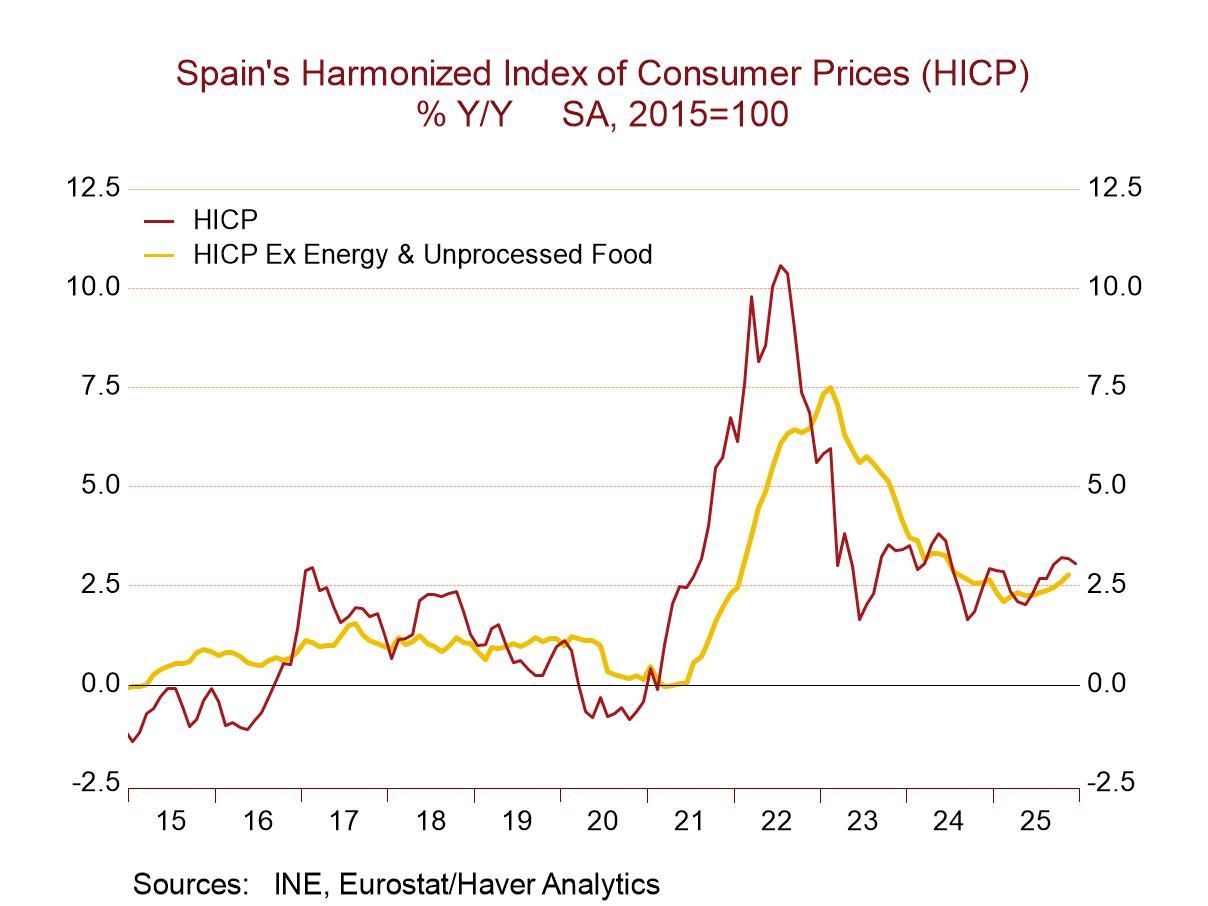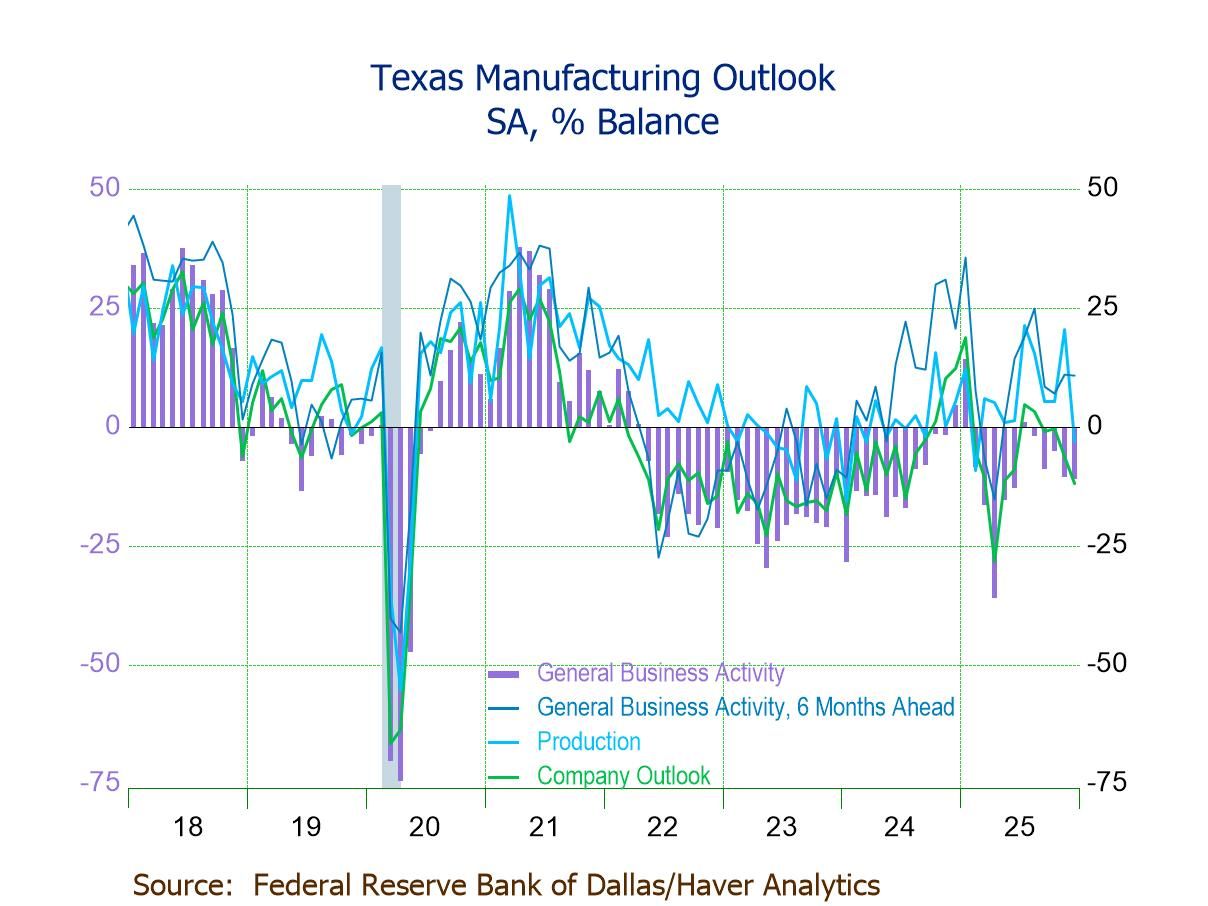Sweden’s IP Falls on the Month and Year to Year

Sweden's industrial production has followed a somewhat chaotic path. Its performance over 12 months is clear: IP production excluding construction declined by 2.5%; manufacturing industrial production is down 2.8% over 12 months. The various categories of motor vehicle production, intermediate goods, and investment goods all show declines year-over-year. The only exception is that consumer nondurables show an increase of 2.6% over the last 12 months. The rebound in consumer nondurables owes to substantial strength logged in December and January; that strength had been preceded by a deep decline in November.
Sequential growth rates for industrial production hint at improvement with a 2.5% drop over 12 months replicated by a 2.5% annual rate drop over six months and then followed by a 2% annual rate increase over three months. Manufacturing follows the same pattern with a 2.8% decline over 12 months, a 2.7% decline over six months and a gain of 0.8% annualized over three months. Motor vehicle production and investment goods output chart more erratic paths and end with double-digit contracting annual growth rates over three months. Intermediate goods also have a bit of a chaotic path with declines over 12 months, a bigger decline over six months and then an increase over three months. Consumer nondurables show increases on all horizons culminating in a 56% annual rate increase over three months - quite stunning.
Orders reflect a bit of optimism with total orders falling 2.2% over 12 months, declining at a 3.8% annual rate over six months but then rising by 1.2% over three months. Domestic orders turn to a path of improvement with the 12-month decline of 8.3% in orders, a 0.8% annual rate increase over six months and a much stronger 7% annual rate rise over three months. That part of this report is encouraging. However, foreign orders are still transitioning. Over 12 months foreign orders rise by 1.9%, but then over six months they fall at a 6.6% annual rate and over three months they fall at a 1.6% annual rate.
In the quarter-to-date, overall IP is rising at a 2.4% annual rate. Manufacturing production is rising at a 5% annual rate. Motor vehicle production and intermediate goods production are both falling at a growth rate of 7% to 8% annualized. Investment goods output increases at a 2.3% annual rate and consumer nondurables output logs a nearly 20% annual rate rise to round out the production data. Orders are considerably more tempered with total orders declining in double digits, domestic orders declining, and foreign orders declining - both of them- at double digit rates, as well. Foreign orders are falling much faster than domestic orders and that's not surprising because growth throughout Europe has been challenged.

We saw the hint of improvement in a recent German industrial production report, but that didn't seem to show much breadth and comparisons with other European countries showed mixed or weak conditions in Europe. Sweden is falling into line with those countries that are still struggling to some extent.
The global situation is going to bear some close watching as it has gone through these transitional phases of having been hit by COVID. That put all countries on just about the same cycle and then at some point there came to be some diversion from the cycles. Japan most notably is on a different part of the cycle ready to raise rates. The U.S. was leading the parade to lower rates, but recent strong job growth data and rising inflation may stop the parade in its tracks. Things are changing. It’s important to get up each morning and check the new data- the world is changing as you sleep.
Robert Brusca
AuthorMore in Author Profile »Robert A. Brusca is Chief Economist of Fact and Opinion Economics, a consulting firm he founded in Manhattan. He has been an economist on Wall Street for over 25 years. He has visited central banking and large institutional clients in over 30 countries in his career as an economist. Mr. Brusca was a Divisional Research Chief at the Federal Reserve Bank of NY (Chief of the International Financial markets Division), a Fed Watcher at Irving Trust and Chief Economist at Nikko Securities International. He is widely quoted and appears in various media. Mr. Brusca holds an MA and Ph.D. in economics from Michigan State University and a BA in Economics from the University of Michigan. His research pursues his strong interests in non aligned policy economics as well as international economics. FAO Economics’ research targets investors to assist them in making better investment decisions in stocks, bonds and in a variety of international assets. The company does not manage money and has no conflicts in giving economic advice.






